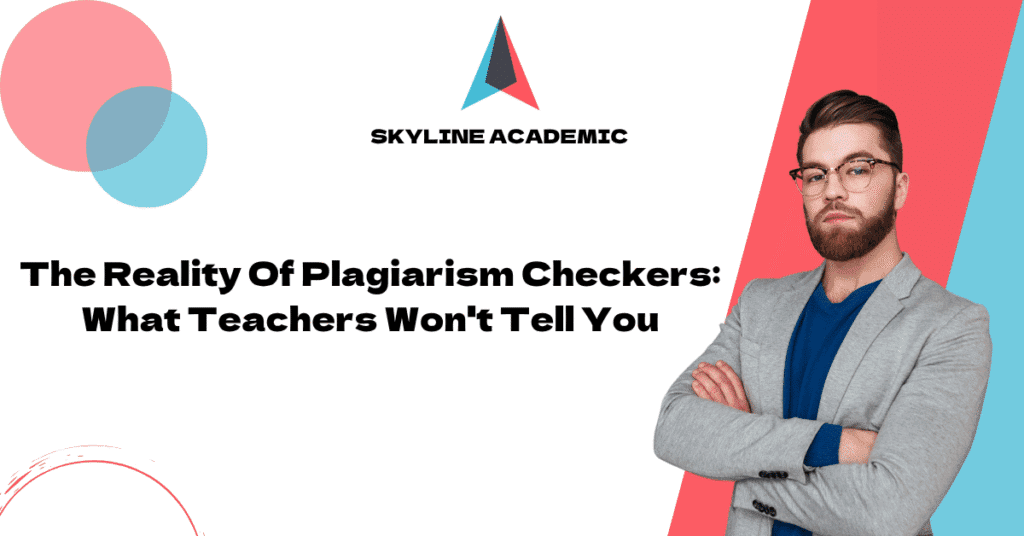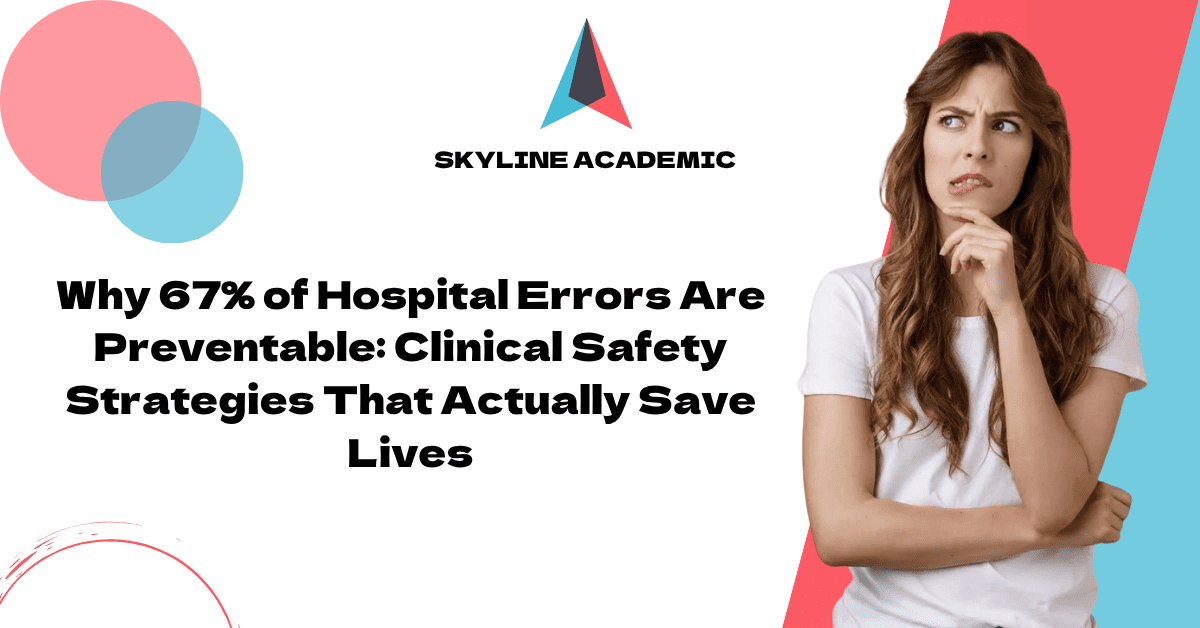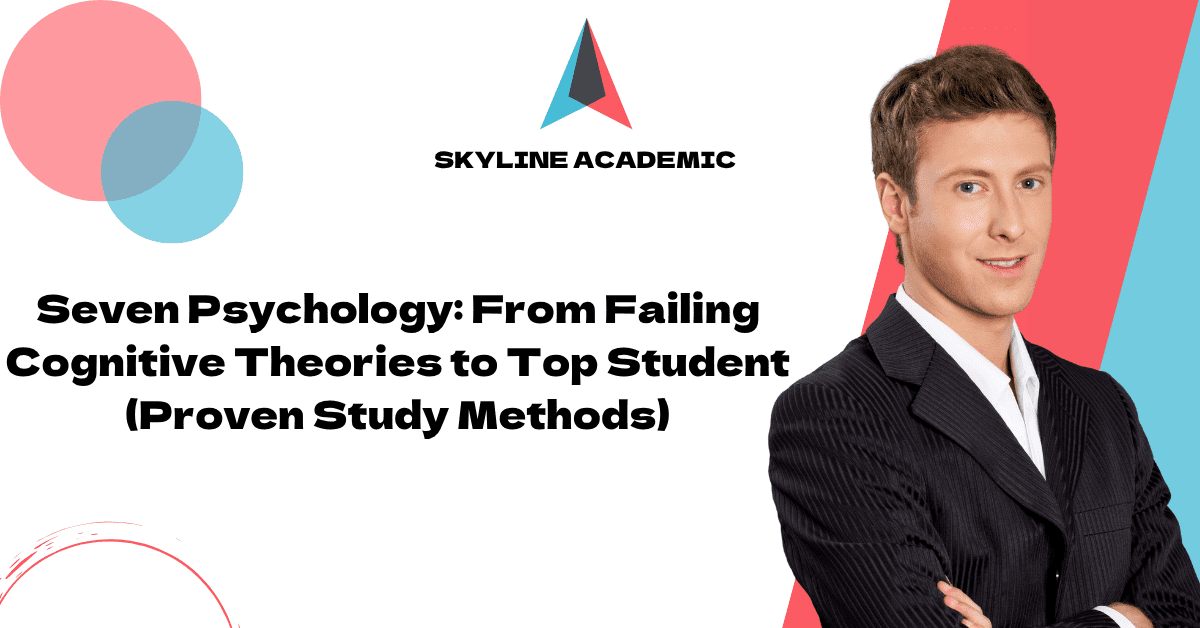The Reality Of Plagiarism Checkers: What Teachers Won’t Tell You
Professors now use plagiarism checkers as digital watchdogs, yet these tools aren’t as foolproof as many believe. The rise of artificial intelligence tools has created new academic integrity concerns. Students keep finding creative ways to complete assignments without real learning.
These detection technologies come with their own flaws. AI plagiarism checkers like Originality.ai claim an impressive 86% accuracy rate at a 15% similarity threshold. This beats Grammarly’s 80.3%. A look at how AI detectors work shows a significant limitation. They can flag human-written content as AI-generated text by mistake, which leads to false accusations. You should know that even the best plagiarism and AI checker tools can’t properly separate human and AI-generated text. This becomes harder as writing models get more sophisticated.
Faculty members now deal with more complex challenges to monitor assignments for plagiarism in this AI age. This adds to their workload and makes education more complicated. These tools analyze text patterns and give probability scores that indicate AI-generated content. They’re just one piece of the academic integrity puzzle. Your teachers might not tell you about the complex reality behind those plagiarism reports. The reports hide technological limits, false positives, and depend heavily on human judgment.
What plagiarism checkers actually do
Modern plagiarism checkers do more than just flag copied text. They use sophisticated technologies to identify content similarities. This helps us learn about why they sometimes miss disguised plagiarism or incorrectly flag original work.
How plagiarism detection algorithms work
Plagiarism checkers use a multi-stage process that breaks down submitted content into manageable pieces. These systems split your text into smaller chunks—often sentences or phrases—and compare them against databases of existing content [1].
Most plagiarism detection tools use one of several comparison methods:
- String matching: Identifies exact text matches
- Fingerprinting: Creates digital “fingerprints” of document fragments to detect similarities even with rearranged words
- Semantic analysis: Examines underlying meaning rather than exact wording
These tools’ effectiveness depends substantially on their database access. Free plagiarism checkers usually have smaller reference collections. Premium services like Turnitin and Copyleaks access complete databases including scholarly journals, academic publications, and billions of web pages [1].
Advanced plagiarism checkers use “threshold adjustment” to determine how much similarity triggers a flag. This balance between sensitivity and accuracy explains why similar tools might produce different results [2].
What is an AI plagiarism checker?
AI plagiarism checkers represent the rise of detection technology. They use machine learning and neural networks to identify similarities that simple string-matching might miss. These tools analyze writing patterns and stylistic elements instead of just searching for matching text [3].
These sophisticated systems can detect:
- Paraphrased content that maintains original ideas
- Inconsistencies in writing style within a document
- Content translated from other languages
- Code plagiarism and image-based copying
AI plagiarism detection achieves accuracy levels above 90% even with heavily paraphrased content. This is a big improvement over traditional checkers’ lower detection rates [3].
Sign up to our plagiarism checker and detection tools to understand how these systems work in practice.
The difference between AI detection and plagiarism detection
People often confuse plagiarism detection and AI detection, but they serve different purposes. Plagiarism checkers identify content copied from existing sources by comparing text against databases and measuring document similarities [4].
AI detectors focus on identifying whether artificial intelligence tools like ChatGPT generated the text. These systems analyze text characteristics such as perplexity (complexity) and burstiness (sentence variation) rather than searching for copied content [4].
It’s worth mentioning that these technologies sometimes overlap. Plagiarism checkers might flag AI-generated text as partially plagiarized because AI writing draws on sources without citation. This cross-detection happens more often as AI-generated content appears online [4].
Students and educators should understand this difference. It explains why some original work gets incorrectly flagged or why obvious AI-generated submissions sometimes pass plagiarism checks undetected [5].
The hidden flaws in AI plagiarism checkers
AI plagiarism checkers have major shortcomings that can affect your academic work, despite technological advances. You need to understand these flaws to better handle academic integrity tools.
False positives: Original work gets flagged
Your hours of hard work on an essay could be wrongly labeled as AI-generated. This happens more frequently than most educators would like to admit. Turnitin’s own data shows a 4% sentence-level false positive rate, which means your original work might be incorrectly flagged [6].
These numbers become concerning at an institutional level. The numbers tell a stark story – if Turnitin’s AI detector had been active during Vanderbilt University’s submission of 75,000 papers in 2022, about 750 students could have faced false accusations of using AI [7]. The accuracy issues were so severe that OpenAI eventually discontinued their detection software [8].
False negatives: AI-generated content remains undetected
AI plagiarism checkers often miss AI-generated content. According to Turnitin, their tool fails to detect about 15% of AI-generated text in documents [9]. Basic modifications make detection even less reliable, and small text changes can lower detection accuracy to just 17.4% [7].
Our plagiarism checker and detection tools offer better accuracy compared to standard solutions. Sign up to see the difference.
Bias in detection tools affects students
These tools unfairly target certain student groups. Research from Stanford shows that seven AI detectors wrongly labeled 61.22% of TOEFL essays from non-native English speakers as AI-generated [10]. The same detectors unanimously misidentified 19% of these essays [10].
Black students and neurodivergent learners experience higher rates of false accusations [7]. A 24-year-old autistic student’s case highlights this problem – they failed a course after being wrongly accused of using AI [7].
Paraphrased content slips through detection
Paraphrasing tools create significant problems for detection systems. Researchers tested this by running a 153-word paragraph through two paraphrasing tools and Turnitin. The system recognized the original text as plagiarized but missed both paraphrased versions completely [11].
Detection systems can only identify exact matches or specific patterns, not conceptual similarities. This gap will likely grow as online language tools become more sophisticated. No detector can catch everything, which makes understanding these limitations crucial [11].
What teachers won’t tell you about using these plagiarism checkers
A teacher’s judgment call sits behind every plagiarism report. The technology can’t work alone. This human element shows us surprising facts about how schools really enforce academic integrity.
Teachers often rely on judgment, not just tools
Your instructor doesn’t just accept what the plagiarism checker says. Teachers use these reports as a starting point, not the final word. Most professors look at your writing style patterns throughout different assignments to decide if flagged content counts as real plagiarism.
Teachers think over several things before making accusations. They look at how hard the assignment was, your previous work quality, and even how much you participate in class. The plagiarism and AI checker becomes just one piece of evidence in a bigger picture.
Plagiarism checker tools are used as deterrents, not always for accuracy
Schools are upfront about using plagiarism checkers to scare students away from cheating. These tools work best by making students think twice, no matter their technical limits.
Here’s something unexpected – faculty members care more about students fearing detection than the tool’s actual accuracy. That’s why professors tell students they’re using plagiarism checker AI without explaining how they’ll interpret results. This fear tactic works well. Research shows students cheat less when they know their work will be checked, even if the detection tools aren’t perfect.
Some educators don’t fully understand how AI detectors work
Here’s a troubling truth – many teachers don’t have a complete grasp of the tech they use. Faculty members often:
- See similarity scores as absolute proof
- Miss real limits of AI detection
- Can’t explain to students how detection works
This knowledge gap leads to problems. Teachers might accept false positives without question or dismiss real concerns about how AI detectors work. Without good training, they might not realize that plagiarism detector tools need human interpretation and context to work right.
Students and faculty share the responsibility to understand what these tools can and can’t do.
Better ways to ensure academic integrity
Educators now move to proactive strategies that promote academic honesty from the start instead of relying on detection tools alone. Prevention rather than punishment stands at the core of successful approaches. This strategy creates environments where integrity becomes the natural choice.
Designing assignments that discourage cheating
Thoughtful design forms the foundation of assessments that naturally discourage plagiarism. Students feel less pressure to cheat when instructors spread grades across multiple low-stakes assignments rather than a few high-pressure tests. Research shows that breaking larger projects into smaller components submitted throughout the semester helps students manage their workload and makes dishonesty more difficult [12].
Educators looking to minimize AI-generated submissions can:
- Design assignments that need personal connections or classroom-specific references
- Create authentic tasks that mirror real-life problems
- Request drafts and outlines before final submissions
- Refresh test questions each semester
These methods make assignments harder to outsource and improve learning outcomes simultaneously.
Teaching students how to use AI ethically
Forward-thinking educators teach responsible usage instead of banning AI tools outright. Students will encounter these technologies throughout their careers, and this approach acknowledges this reality.
“Teaching students how to use AI ethically is like teaching teens safe driving habits,” notes one educational expert. “We don’t prevent them from driving – we teach them the rules and trust them to use good judgment” [13].
Responsible AI education has discussions about biases in AI systems, requires transparency about AI usage in assignments, and encourages students to verify AI-generated information with reliable sources.
Combining AI tools with human review
A strong approach combines technology with human judgment. Faculty should use AI detection as part of a broader strategy that includes traditional assessment methods like oral exams and personalized assignments [14].
Context matters before making accusations when reviewing flagged content. AI detectors often misidentify texts from non-native English speakers as AI-generated, according to studies [15].
Sign up to our plagiarism checker and detection tools to support your academic integrity efforts.
Building trust through clear expectations, meaningful assignments, and educational approaches that value learning over punishment promotes academic integrity effectively.
Conclusion
A clear understanding of plagiarism checkers helps you handle academic integrity requirements better. These tools play a vital role in education, but you should know their limits. Original work can get wrongly flagged as plagiarized, while AI-generated content might go unnoticed. The system can also unfairly affect non-native speakers, Black students, and neurodivergent learners.
Plagiarism detection plays a key role in academic integrity, even with these shortcomings. A blend of technology and human judgment works better than automated tools alone. Most professors use these systems as a starting point rather than final proof.
You should focus on preventing issues instead of finding ways around the system. Breaking large assignments into smaller tasks helps reduce last-minute stress. Keep your writing style consistent across all work. If you use AI tools to learn, tell your instructors about it openly. Always check citation requirements before turning in your work.
Plagiarism checkers will keep changing as AI writing tools advance, but academic integrity principles stay the same. Education helps develop your critical thinking skills – something AI can’t replace. Once you understand what these detection tools can and can’t do, you can focus on real learning and growing intellectually.
FAQs
Q1. How accurate are plagiarism checkers? Plagiarism checkers vary in accuracy. While some advanced AI-powered tools claim accuracy rates above 80%, they can still produce false positives and negatives. No checker is 100% reliable, and results often require human interpretation.
Q2. Do teachers always use plagiarism detection software? Not always. Many teachers rely on their judgment and familiarity with students’ writing styles. Some use plagiarism checkers as a starting point for investigation rather than definitive proof. The tools are often used as deterrents rather than solely for detection.
Q3. Can plagiarism checkers detect AI-generated content? Most traditional plagiarism checkers struggle to consistently identify AI-generated text. While some AI detection tools exist, they can have high error rates, sometimes misclassifying human-written work as AI-generated, especially for non-native English speakers.
Q4. How do plagiarism checkers impact students from diverse backgrounds? Some plagiarism detection tools have shown bias against non-native English speakers, Black students, and neurodivergent learners, potentially flagging their original work as suspicious more frequently. This raises concerns about equity in academic integrity enforcement.
Q5. What are better ways to ensure academic integrity beyond plagiarism checkers? Effective strategies include designing assignments that naturally discourage cheating, teaching students how to use AI tools ethically, and combining technology with human review. Focusing on prevention and fostering a culture of integrity is often more effective than relying solely on detection tools.
References
[1] – https://www.scribbr.com/plagiarism/how-do-plagiarism-checkers-work/
[2] – https://originality.ai/blog/how-does-plagiarism-detection-work
[3] – https://tweakyourbiz.com/posts/ai-detectors-vs-traditional-plagiarism-checkers-whats-the-difference
[4] – https://www.scribbr.com/ai-tools/how-do-ai-detectors-work/
[5] – https://paperpal.com/blog/academic-writing-guides/do-plagiarism-checkers-detect-ai-content
[6] – https://www.washingtonpost.com/technology/2023/08/14/prove-false-positive-ai-detection-turnitin-gptzero/
[7] – https://www.vktr.com/ai-ethics-law-risk/do-ai-plagiarism-detectors-work-heres-what-the-research-says/
[8] – https://mitsloanedtech.mit.edu/ai/teach/ai-detectors-dont-work/
[9] – https://www.insidehighered.com/news/tech-innovation/artificial-intelligence/2024/02/09/professors-proceed-caution-using-ai
[10] – https://hai.stanford.edu/news/ai-detectors-biased-against-non-native-english-writers
[11] – https://www.insidehighered.com/news/2017/04/28/study-finds-paraphrased-language-fools-plagiarism-detection-software
[12] – https://ctl.columbia.edu/resources-and-technology/resources/academic-integrity/
[13] – https://www.carnegielearning.com/blog/ethical-ai-chatgpt-students/
[14] – https://nmu.edu/ctl/academic-dishonesty-using-generative-ai
[15] – https://edintegrity.biomedcentral.com/articles/10.1007/s40979-023-00140-5
Meta Title
The Reality Of Plagiarism Checkers: What Teachers Won’t Tell You
Meta Description
With over 900k scans and a 98.7% positive response ratio, Skyline Academic offers a one stop solution to your plagiarism checker needs, Sign Up Now!



